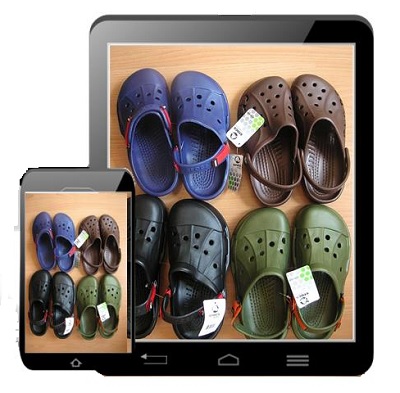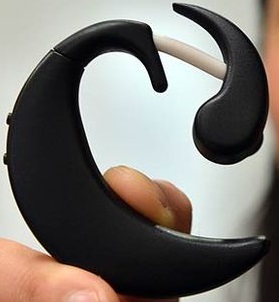The company’s move to create a smartphone specific website has rapidly paid for itself.
According to two execs from Crocs, their recent decision to create a website that was specific for mobile devices such as smartphones and tablets has been a tremendous success, as the mcommerce site was able to earn back the money needed for its creation within a period of only two months.
The channel has clearly shown itself to have tremendous profit potential, when used correctly.
This information was revealed at the “Increasing Mobile Conversion through an Emphasis on Usability and Design” session at eTail West. Also speaking were execs from Skava and the Wyndham Hotel, with Artisan Mobile’s CEO, Bob Moul, acting as moderator. Throughout the discussions regarding the advantages of mcommerce, the global ecommerce mobile product manager from Crocs, Keith Baltus, pointed out that while the conversion rate that is currently generated over smartphones may be quite low at the moment, every little bit goes a long way in terms of elevating the results that are achieved.
The affordability of mcommerce makes it possible for some experimentation.
Baltus admitted that he had felt “pretty conservative” about the forecasts that he was expecting from the mobile commerce website. He felt that there would likely be an incremental revenue increase of about 5 percent per locale per device. That said, he has now seen that they essentially “blew that out of the water”. Within the first two months of having launched the smartphone friendly site, they’d already paid back their investment.
Until the new site for mobile shopping was put into place, Crocs had been relying on a desktop site that would render for mobile. However, this latest investment brought a new second website that was dedicated specifically to smartphones and tablets and the effort has caused mcommerce conversion rates to spike. In fact, in some of the company’s Asian markets, there has been an increase of close to 100 percent.
As the discussion continued, Baltus pointed out that conversion over smartphones rose by 50 percent and tablet based conversions received a 10 percent boost. He underlined usability as one of the primary drivers of the improvements that were recorded. Crocs notes that smartphones currently account for 7% of its e-commerce revenue, with tablets accounting for 13% of total e-commerce revenue.


